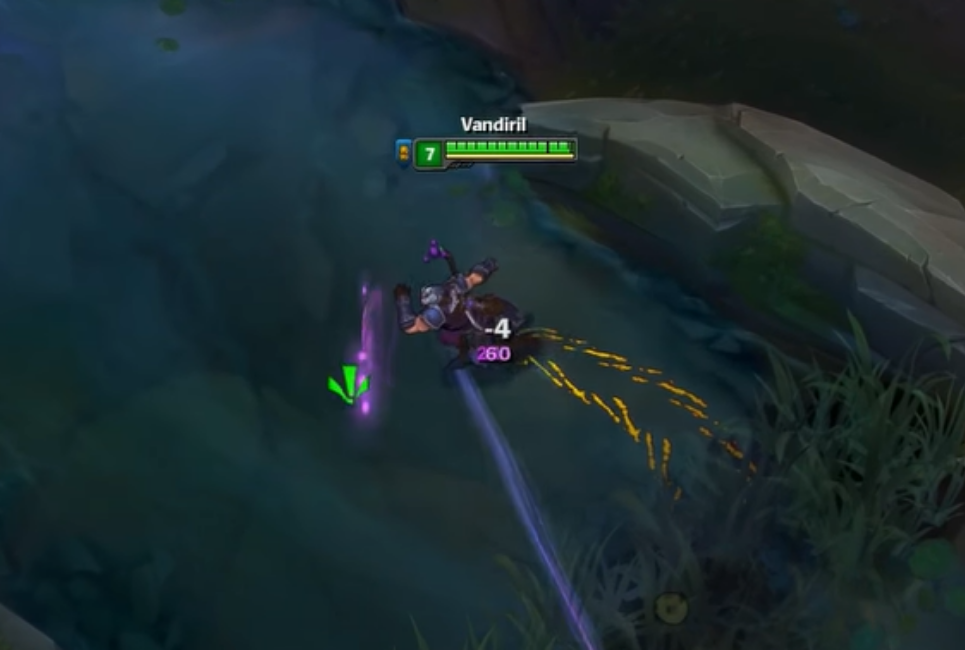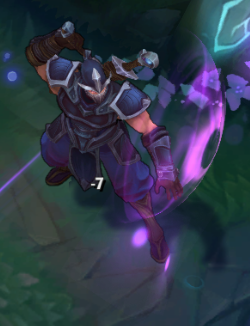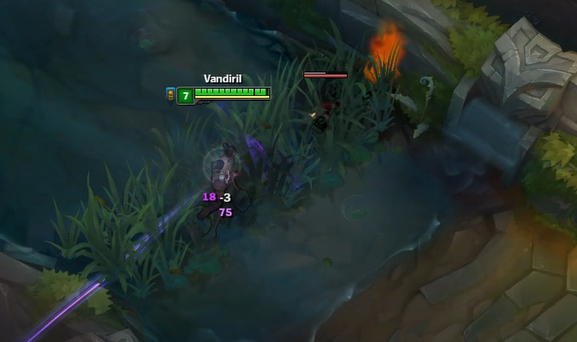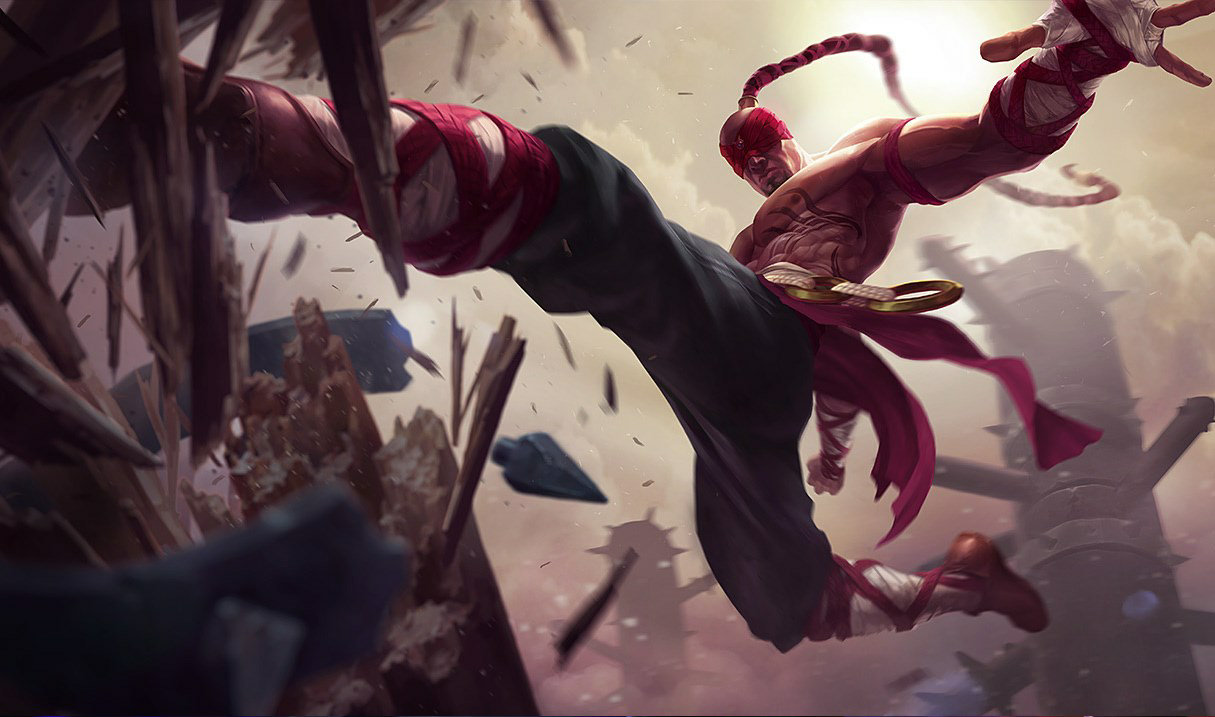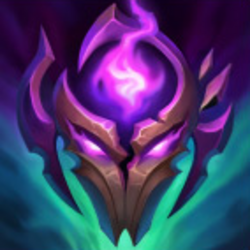- Blue Essence Emporium Guide - May 26, 2022
- League of Legends Houses - May 4, 2022
- League of Legends Pets - May 2, 2022
Adaptive Helm is an old League of Legends item. It was classified as a legendary item, and despite its great stats, it was ultimately removed because developers regarded it as “too niche.”
Most people would buy Adaptive Helm in very specific situations. It offered high magic resistance, which is a stat that you don’t want to stack. So, given that there were much better options that would increase your protection against spells, Adaptive Helm eventually became redundant.
In this Adaptive Helm guide, we will analyze the item, its pros and cons, and why it was removed.
Key Info Up Front
Adaptive Helm was a strong defensive item that was best suited on tanks and frontliners. However, due to its limited usefulness, it was rarely purchased by the players.
Adaptive Helm Basics
Adaptive Helm had a gold efficiency of 88.93%, which made it rather lackluster. Furthermore, it’s unique passive would only be useful in certain cases and against certain champions. Because of that, the item was fairly unpopular.
The item’s total cost was 2,800 gold, and you could sell it for 1,960 gold. You would make it by combining Rejuvenation Bead for 150 gold, Null-Magic Mantle for 450 gold, Spectre’s Cowl for 1,250 gold (450 gold for Null-Magic Mantle, 400 gold for Ruby Crystal, and 400 gold for recipe), and a 1,000 gold Adaptive Helm recipe.
Adaptive Helm has a very short-lived life in League of Legends. Its run was so short that it barely received any changes over time. The item’s final version gave users 10% cooldown reduction, 100% base health regeneration, 350 health, 55 magic resistance, and a unique passive that worked well for certain spells.
In many ways, this passive effect is the reason why Adaptive Helm was removed. While very strong against certain champions and spells, you would rarely see it in action. Simply put, there were much better defensive options out there.
The passive would reduce the impact of magic spells and related magic effects by 20% for 4 seconds after being struck with the same spell. In other words, it was great for damage over time and abilities with short cooldowns that enemies could recast on your champion several times over.
The passive worked for every ability cast on a champion. Each one of them had a separate timer and would reduce the impact of recasts. As mentioned, it was especially good against damage over time like Teemo’s Toxic Short or Brand’s Blaze. The same goes for damage over time AOE spells like Katarina’s Death Lotus, Fiddlesticks’ Crowstorm, or Sunfire Cape item.
Besides damage over time, it would also trigger abilities that had several subsequent instances. Good examples of this are Taliyah’s Threaded Volley and Syndra’s Unleashed Power. Adaptive Helm would give you protection against abilities that have a short cooldown.
Lastly, you would gain extra protection when attacked by attack modifiers or on-hit procs like Kayle’s Starfire Spellblade or Corki’s Hextech Munition. When you take magic damage several times over, you would notice a visual effect that showed you where did the damage come from.
Adaptive Helmet History of Changes
This item didn’t survive for too long. What’s even more disappointing is that the developers decided to remove it without trying an overhaul. Despite its niche usage, Adaptive Helm had a tangible purpose. For example, there was an option of adding another passive or slightly improving how its existing passive works.
Adaptive Helm was introduced in version 7.9. It utilized the same ingredients throughout its life, without any change to elements or total price. Initially, Adaptive Helm would give champions 350 health, 100% base health regeneration, 55 magic resistance, and 10% cooldown reduction.
In the first version, the passive ability was slightly weaker, reducing the effect of spells by 15% for 4 seconds.
Through the next few patches, Riot tried increasing the base stats to make the item more appealing to players. They first increased the health gain from 300 to 350 in patch 7.13, and they increased the passive’s magic protection from 15% to 20% in version 7.15.
Regardless of these slight changes, the nature of Adaptive Helm hasn’t changed. So, the team decided to scrap the idea in version 10.23. Although some community members were sad about this, the object was never that popular, so it hadn’t caused a significant impact on the game or players.
Why Was Adaptive Helm Removed?
Most tanks are really good against mages. Their high health pool and protection work well against burst damage. This is why they are ideal for rushing the backlines.
The main issue that tanks have is AD carries. Despite their high defense, they usually struggle with consistent damage output, and their health will eventually be chipped as the team fight drags on. This is why the majority of tanks prioritize armor instead of magic resistance.
Magic casters who focus on sustained damage, such as Cassadin or Ryze, present a specific challenge to tanks. They have a similar type of sustained damage as ADCs, with the main difference being that their damage is magical, not physical. As such, they were the rare spellcasters who could beat tanks.
Due to narrow applicability, most tanks would rarely build magic resistance. In an attempt to optimize, initiators would focus on just a few builds, giving advantage to certain defensive items while completely avoiding others. Adaptive Helm was a good example of an inefficient defensive item whose passive simply couldn’t compare to what other items would provide.
The general idea is that you shouldn’t have to stack magic resistance against AP characters. Instead, getting just one item with magic protection would be enough. After that, you could simply ramp up health. Unfortunately, this strategy wouldn’t work against damage over time mages; getting increased magic protection would be much more cost-efficient.
This is the reason why Riot made Adaptive Helm in the first place. The item was made to counter these several mages; you would barely have any use of it in other situations. While some might argue that Adaptive Helm wasn’t even needed in the first place, it was important for developers to provide various item-based solutions to different team compositions.
Unfortunately, it seems that the developers thought that the item was too specific to have real merit. In the end, they somewhat replaced Adaptive Helm with Force of Nature, a magic object that can be utilized in various situations.
Most Common Adaptive Helm Users
Although Adaptive Helm is manly a tank item, you would see it on all sorts of characters. For example, it was built on champions such as Lee Sin, Draven, Shen, Gragas, Lucian, Poppy, etc.
Due to its specific use, you would rarely encounter Adaptive Helm in games. As mentioned, it was only made against a handful of characters. However, it did provide nice stats. It was much more impactful when there were several AP damage-dealers, whether they’re classified as mages, assassins, or hybrids.
Keep in mind that this magical object was still very powerful if you used it correctly. It could effectively stifle certain champions, making it a real nightmare pickup. In some cases, you could even notice it on carriers such as Ezrael (although this was more of a novelty).
Another great perk of the item is cooldown reduction. It is a rarely mentioned feature, but it could make a difference in clutch fights. Although cooldown reduction doesn’t provide a direct defensive effect, it could hasten the use of your defensive abilities. Alternatively, depending on the champion you’re using, it could quicken shields, heals, and other forms of restoration and protection.
Adaptive Helm had several similarities with Spirit Visage and Abyssal Mask.
FAQs
Question: Why was Adaptive Helm removed?
Answer: Adaptive Helm was a niche item that could provide major benefits against certain mages. It was especially great against damage over time effects, as well as certain on-hit effects and attack modifiers. However, it simply wasn’t popular enough to warrant a slot in the shop. Although Riot tried making a few minor changes to the item, it was eventually removed.
Question: How did Adaptive Helm’s passive work?
Answer: In a nutshell, you would gain increased protection whenever you’re targeted by abilities or debuffs. If you’re struck by the same ability, you would gain 20% resistance to magic damage and effect, making subsequent casts less impactful. The item shone against damage over time, but it also provided some other perks.
Question: Who were the best Adaptive Helm users?
Answer: The item was great on all tanks, but it could also work on melee characters. The list of potential users includes Gragas, Shen, Rammus, etc.
Adaptive Helm Guide: Last Considerations
The concept of Adaptive Helm was very interesting. The more you get damaged with the same spells, the tougher you would become. It would provide a type of barrier against deadly damage over time. This is especially true if you consider the fact that the item gave you health, magic resistance, and regeneration. So, all these continuous sources of damage would be less noticeable.
While Adaptive Helm was really strong against certain characters, such as Brand, that doesn’t necessarily mean that it would ensure a lane win. Nevertheless, it would significantly increase your chances of winning if these mages are the main damage dealers on the opponent’s team.

